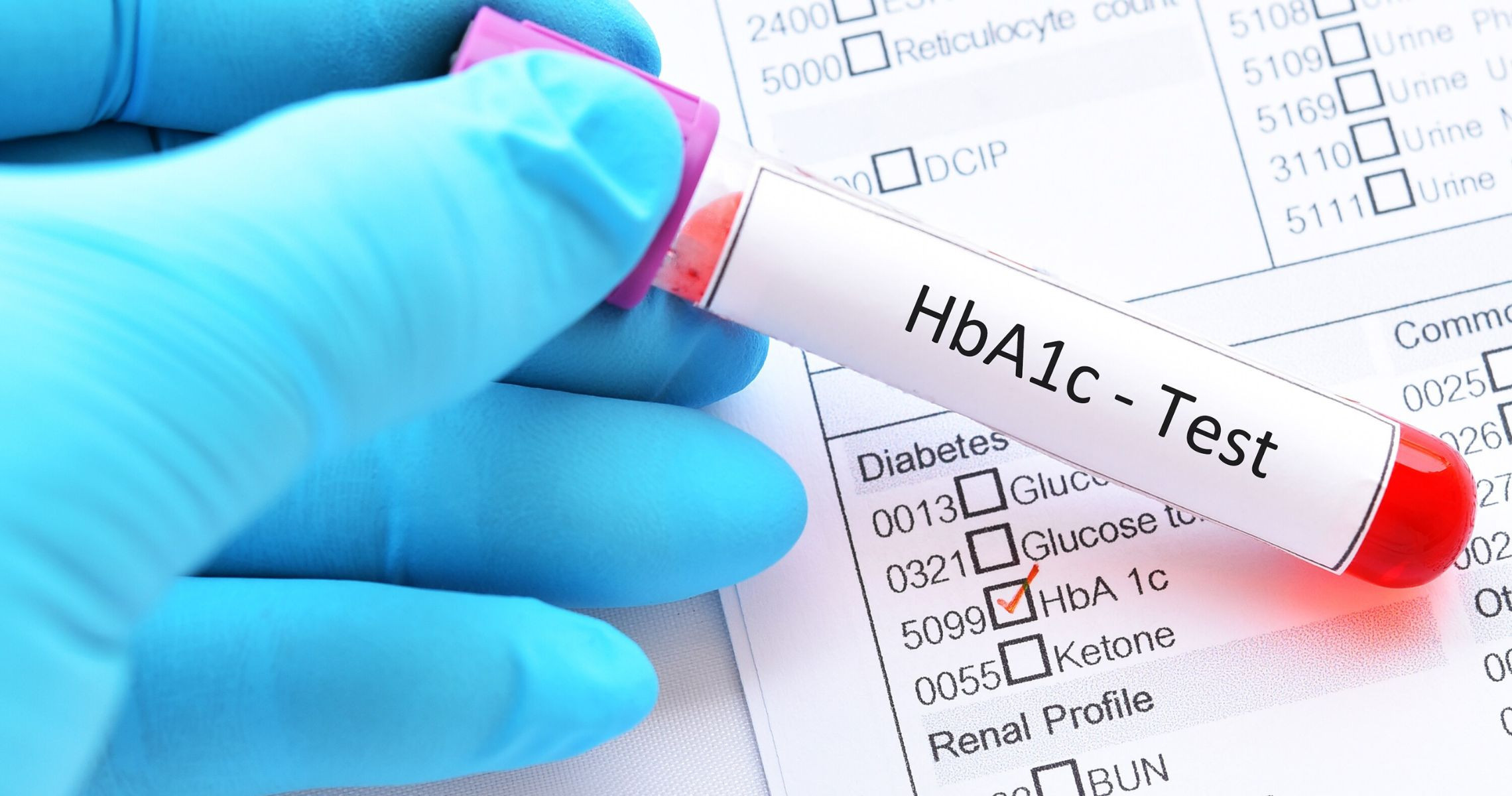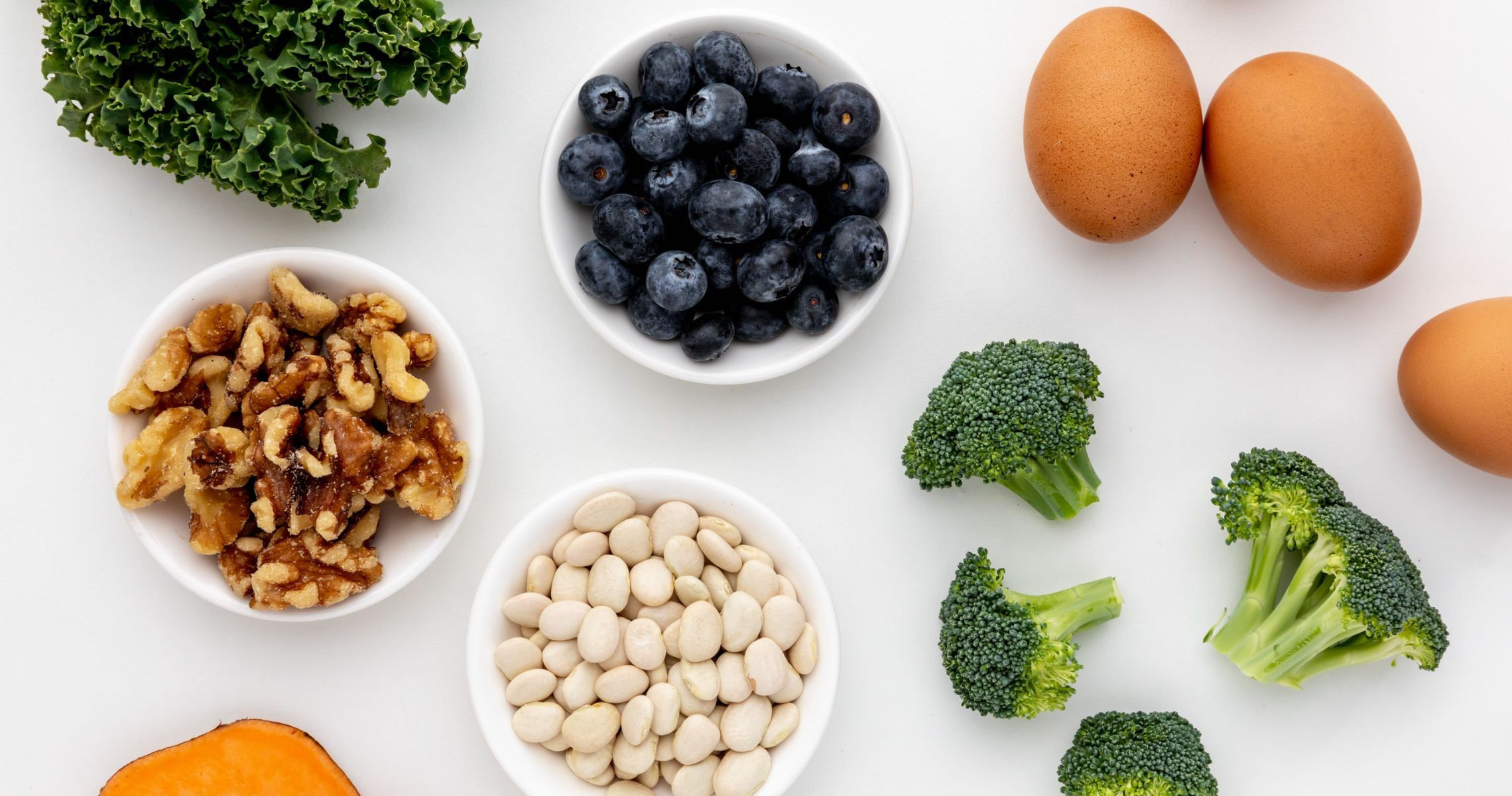Fatty liver disease refers to the accumulation of fat in liver cells, which affects the structure and function of this organ. At grade 1, the fat content comprises only 5-10% of the liver's weight, categorizing it as a mild condition. At this stage, the excess fat is primarily located on the outer surface of the liver and has not yet impacted its function.
Patients with grade 1 fatty liver disease typically do not exhibit any clear symptoms. However, some signs that patients may notice include a lack of appetite, fatigue, and nausea. These symptoms are often easily confused with other health issues, making them easy for patients to overlook.
There are several potential causes of grade 1 fatty liver disease, including:

Since grade 1 fatty liver disease is mild, it can be managed through dietary adjustments and lifestyle changes. Patients should follow their doctor's recommendations and have regular check-ups to monitor the progression of the condition.
Here are some lifestyle changes that individuals with grade 1 fatty liver disease can implement:
-66891dd3c8736.jpeg)
Adjusting lifestyle and dietary habits are the two most crucial measures in treating grade 1 fatty liver disease. Patients should adhere to their doctor's recommendations and attend follow-up appointments as scheduled to effectively monitor and manage their condition. If any unusual symptoms arise, it is important to notify the treating physician promptly for timely examination and care.
Additionally, patients who have not received vaccinations for hepatitis A and B should do so early to prevent these diseases. Furthermore, patients should exercise caution when using dietary supplements, medications, or herbal products of uncertain origin. Medications and supplements should only be taken under a doctor's guidance. Patients with fatty liver disease who have concurrent conditions such as diabetes or hypertension must manage these conditions effectively to avoid negatively impacting liver function.
Grade 1 fatty liver disease is the mildest stage among the three levels of fatty liver disease. If not treated in a timely manner, patients may experience irreversible liver damage, increasing the risk of cirrhosis and liver cancer. Currently, there is no specific treatment protocol for grade 1 fatty liver disease; management primarily involves lifestyle changes and dietary adjustments. Patients need to follow their doctor's recommendations and have regular follow-ups to better monitor and manage their condition.
Due to the frequent need for networking, attending parties, and entertaining partners, business professionals are at a higher risk of developing this condition. To improve health and prevent unwanted complications, you might consider energy rejuvenation infusion packages that are popular among many celebrities.
This method helps replenish vitamins for the entire body, combat fatigue, improve mood, rejuvenate brain function, and boost energy quickly at the cellular level. Intravenous infusion of micronutrients (including fluids, vitamins, electrolytes, antioxidants, and amino acids) can provide the body with essential vitamins and amino acids while promoting glutathione production, laying the foundation for sustainable health. If you're interested, you can contact our consulting team for more details.
Source: medicalnewstoday.com - umcclinic.com.vn - tamanhhospital.vn - nhathuoclongchau.com.vn
15
Useful article?
Useful article?

Is an HbA1c level of 7.2 indicative of diabetes?

Is sleep apnea dangerous for obese individuals?

Is it advisable to use appetite suppressants and absorption-reducing drugs for obesity?

Muscle Weakness: Causes and Signs to Recognize

How to Treat Fatty Liver Disease for People Who Frequently Entertain Clients
15
Useful article?